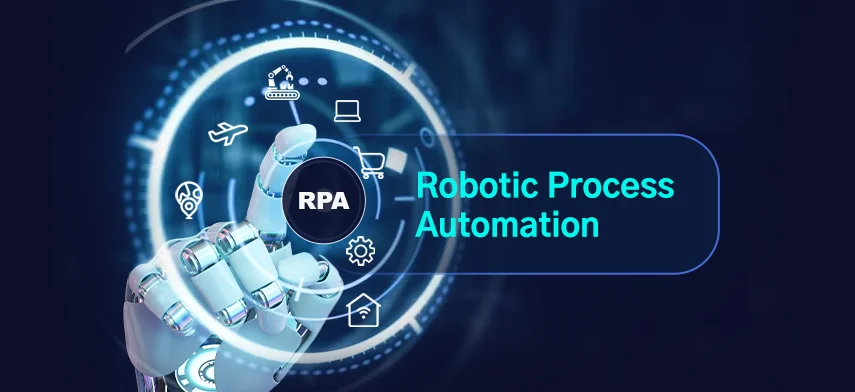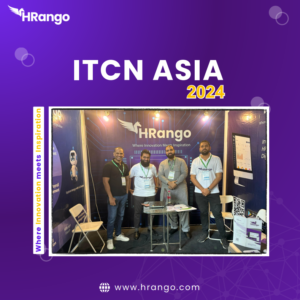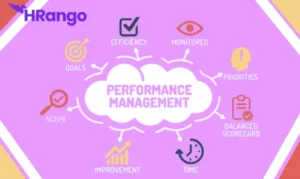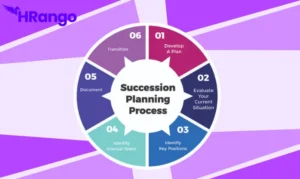In the rapidly evolving business landscape, efficiency and productivity are paramount. Human Resource Management Systems (HRMS) have traditionally played a crucial role in managing an organization’s workforce. However, as companies scale and demands increase, the need for greater efficiency in HR processes becomes evident. This is where Automation and Robotic Process Automation (RPA) come into play, offering innovative solutions to streamline HR operations, reduce errors, and enhance overall productivity.
Understanding Automation and RPA in HRMS
Automation in HRMS involves using technology to perform repetitive and routine tasks that would typically require human intervention. These tasks can range from data entry and employee onboarding to payroll processing and performance management. By automating these functions, HR departments can free up time and resources, allowing them to focus on more strategic initiatives that contribute to the organization’s growth.
RPA, on the other hand, is a more advanced form of automation that involves the use of software robots or “bots” to mimic human actions and interact with digital systems. RPA can handle complex tasks that require decision-making and interaction with multiple systems, making it particularly useful in HRMS for processes such as compliance tracking, benefits administration, and employee data management.
Benefits of Automation and RPA in HRMS
- Increased Efficiency: Automation and RPA significantly reduce the time required to complete HR tasks. Processes that once took hours or even days can now be completed in minutes, leading to faster turnaround times and improved service delivery.
- Error Reduction: Manual data entry and processing are prone to errors, which can have serious consequences in HR, such as incorrect payroll calculations or compliance violations. Automation and RPA minimize the risk of human error, ensuring greater accuracy in HR processes.
- Cost Savings: By automating routine tasks, organizations can reduce their reliance on manual labor, leading to cost savings in terms of both time and resources. Additionally, the increased efficiency and accuracy provided by automation can lead to further cost reductions.
- Improved Compliance: HR departments are responsible for ensuring that the organization complies with various labor laws and regulations. RPA can help automate compliance tracking, ensuring that the organization remains compliant with minimal human intervention.
- Enhanced Employee Experience: Automation in HRMS allows HR professionals to focus on more meaningful and strategic tasks, such as employee engagement and development. This shift can lead to a better employee experience, as HR can dedicate more time to addressing employee needs and concerns.
hRango: A Case Study in HRMS Automation
hRango is a modern HRMS platform that has successfully integrated automation and RPA to deliver enhanced efficiency and productivity to its users. Designed with the needs of growing businesses in mind, hRango offers a wide range of automated features that simplify HR tasks and reduce the administrative burden on HR teams.
One of the standout features of hRango is its automated employee onboarding process. New hires can complete their onboarding paperwork digitally, with the system automatically processing and filing the necessary documents. This not only speeds up the onboarding process but also ensures that all compliance requirements are met without the need for manual intervention.
Additionally, hRango utilizes RPA to manage employee benefits administration. The system automatically tracks employee eligibility, enrolls them in the appropriate benefits programs, and manages any changes or updates. This automation ensures that employees receive the benefits they are entitled to without delays or errors.
hRango also offers automated performance management tools that allow managers to set goals, track progress, and provide feedback in real-time. The system can generate performance reports and analytics, giving HR and management valuable insights into employee performance and development needs.
Challenges and Considerations
While the benefits of automation and RPA in HRMS are clear, it’s important to acknowledge the challenges that come with implementing these technologies. One of the primary concerns is the potential displacement of HR professionals. However, rather than replacing HR jobs, automation and RPA can complement human roles by taking over routine tasks, allowing HR professionals to focus on more strategic and value-added activities.
Another consideration is the initial cost of implementing automation and RPA. While these technologies can lead to long-term cost savings, the upfront investment in software, training, and integration can be significant. Organizations must carefully evaluate the return on investment (ROI) and consider phased implementation to manage costs effectively.
Conclusion
Automation and Robotic Process Automation (RPA) are transforming HRMS by enhancing efficiency, reducing errors, and improving overall productivity. As organizations continue to seek ways to optimize their operations, the adoption of these technologies in HR will likely become more widespread. Platforms like hRango demonstrate the potential of automation and RPA to revolutionize HR processes, allowing businesses to focus on their core mission while ensuring that their HR functions run smoothly and efficiently.
FAQs
What is Automation in HRMS?
Automation in HRMS refers to using technology to perform routine HR tasks, such as data entry and payroll processing, with minimal human intervention.
What is RPA, and how is it used in HRMS?
RPA (Robotic Process Automation) uses software robots to mimic human actions in digital systems, handling complex HR tasks like compliance tracking and benefits administration.
What are the benefits of using Automation and RPA in HRMS?
Key benefits include increased efficiency, error reduction, cost savings, improved compliance, and enhanced employee experience.
Does Automation in HRMS replace HR professionals?
No, automation and RPA complement HR roles by handling routine tasks, allowing HR professionals to focus on strategic initiatives.
What is an example of an HRMS platform that uses Automation and RPA?
hRango is a modern HRMS platform that integrates automation and RPA to streamline HR processes, such as employee onboarding and benefits administration.







